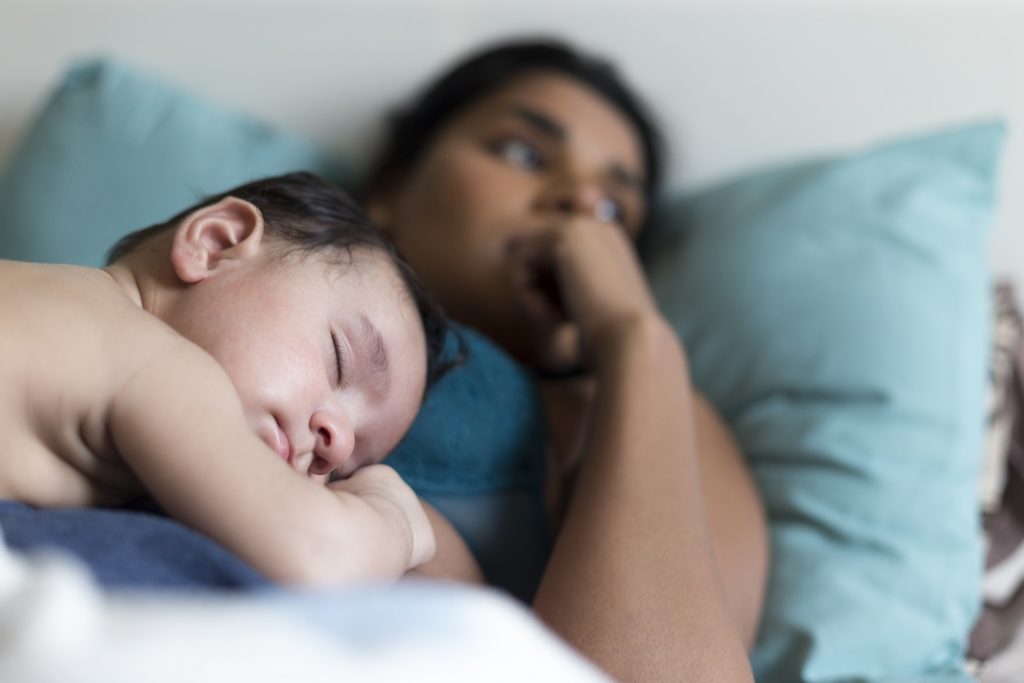One month from today over 2.3 million Australians (with more than one million children impacted) will have their income cut by $150 a week. Minister Ann Ruston could cancel the cuts with the stroke of her pen and she should.
Once the economy was shuttered to halt the spread of COVID-19, the government quickly recognised that the huge number of people needing help – many claiming unemployment benefits for the first time – would have no hope of surviving on $40 a day.
The gaping holes in our welfare safety net would mean they would have ended up with unmanageable debts, some would have become homeless and our charities would have been overwhelmed by demands for assistance.
So, the Coronavirus Supplement of $40 a day was announced, but only for six months. Now that payment is being extended for another three months but at a lower rate. Yet we know it is currently protecting people who have recently lost their jobs, as well as helping lift many more out of poverty.
Our friends at the National Council for Single Mothers and their Children have collected stories via their 550 Reasons to Smile campaign, sharing stories from mothers on what they are finally able to afford thanks to being temporarily raised out of poverty during the COVID-19 crisis. We this supplement is helping women get the bond together to leave a situation of domestic violence, buy a family computer so kids can home school, put healthy food on the table three times a day and make it possible to repair cars and pay for other essentials like regular medication.
For single parent families with high rates of poverty, this coronavirus supplement has been a game-changer.
But we’re not out of the woods yet with COVID-19, and the labour market will be weak for a long time, making it hard to get work or more work.
As Greg Jericho writes, for the first time in any recession, more women than men aged 25-64 years have lost jobs. And analysis by former RBA labour market economist Callam Pickering has shown that single parent mothers with dependent children had the largest fall in employment of all family types, experiencing a 14.4% loss from March to June.
We also know that the monthly ABS employment figures are masking what’s really going on. The number of people needing DSS unemployment payments went over a million back on 10 April. The DSS number is amuch stronger measure of what’s going on at this time; these are the real people receiving payments because they are unemployed.
As we saw from those horrendous queues at Centrelink offices, there was a huge surge when the economy shut down in late March. The peak so far was in the week of 15 May when the total reached more than 1.65 million people and then it started to gradually reduce. Sadly the numbers have begun to climb again with another 12,000 people in Victoria needing these payments in July alone.
However the weak labour market is not just in Victoria. University of Melbourne economist Jeff Borland attributes only about one sixth of the slow- down in jobs coming back to the second Victorian shut-down.
Other factors are the slowing recovery in the industries most adversely affected by COVID‐19 (including those dominated by women) and slower growth or even decreases in industries outside those initially affected (such as construction).
Recent reports from the National Skills Commission show that: “The proportion of businesses expecting to decrease staff numbers in the coming months increased to 7% in the week ending 31 July and is now at its highest level since the beginning of May and for the same period… only 52% of all businesses reported that they were operating at full capacity, a fall from the fortnight ending 17 July, with 56% of businesses reporting that they were operating at full capacity.”
We will need much more government stimulus from both Federal and State governments if we are to combat the devastating impact of long-term unemployment.
The caring industries (aged, disability and children) are ripe for more investment to address many of the staffing shortages exposed by COVID-19 pandemic; repairing and building social housing which has the added benefit of addressing the shortfall in need which now surpasses 430,000; and of course ensuring income support payments remain above the poverty line.


